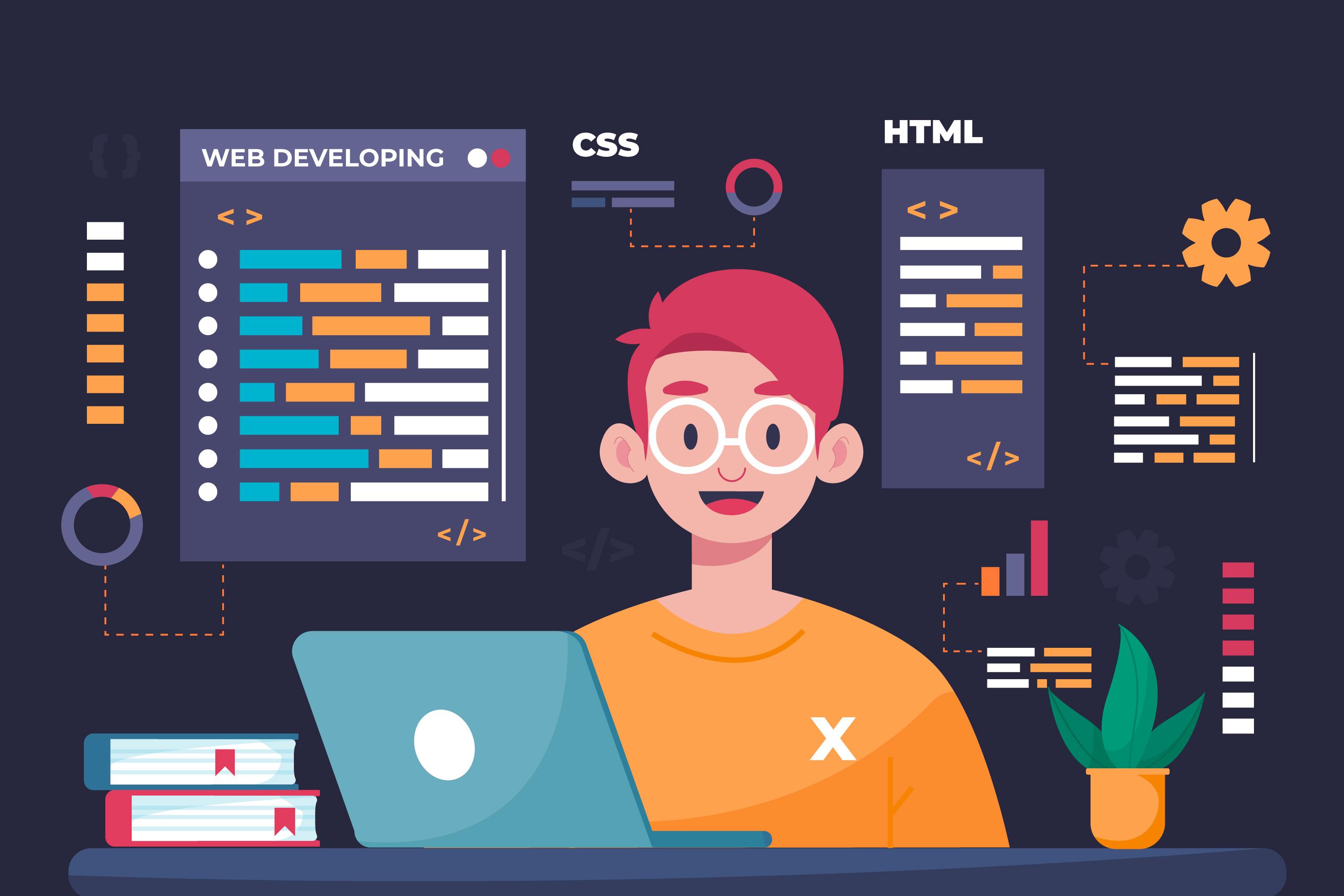Improve Your Projects with Reliable Software Development Staff Augmentation
Improve Your Projects with Reliable Software Development Staff Augmentation
Blog Article
Dedicated Developers vs. In-House Teams: Which Is Right for You?
The decision in between making use of specialized developers and preserving an internal group is a considerable one that can affect the trajectory of your projects and general company technique. Dedicated designers provide a level of flexibility and specialized experience that can be advantageous for certain, short-term campaigns. Conversely, internal groups add to a natural business culture and a nuanced understanding of long-lasting objectives. By checking out important aspects such as budget plan, job range, and wanted control, you can much better determine which technique aligns with your organizational requirements. The effects of this choice extend beyond prompt outcomes-- take into consideration the more comprehensive influence on your service landscape.
Understanding Committed Programmers
The expanding demand for specialized skills in the tech sector has resulted in the introduction of specialized programmers as a sensible solution for several organizations. These specialists are usually gotten on a job basis, allowing companies to leverage particular know-how without the long-term dedication related to permanent hires. Devoted designers are commonly embedded within a customer's group, offering versatility and scalability to fulfill project needs.
This design permits companies to access a worldwide ability swimming pool, which is especially helpful in a rapidly progressing technical landscape. Dedicated designers can be sourced from different geographical places, making sure that firms can find the appropriate skill established at competitive prices. They typically bring a riches of experience and expertise, having dealt with diverse jobs across various sectors.
In addition, specialized programmers can focus solely on the jobs handy, improving efficiency and effectiveness. They are furnished to integrate flawlessly into existing operations, teaming up carefully with internal teams to achieve job goals. This approach not only lowers the concern of recruitment and training however also allows companies to remain nimble, adjusting rapidly to transforming market demands and technical innovations.
Advantages of In-House Teams

Furthermore, in-house groups often tend to have a much deeper understanding of the firm's goal, values, and objectives. This placement can improve employee interaction and inspiration, as employee really feel a lot more attached to their work and the organization's success. In addition, having a specialized internal team enables better positioning of objectives and approaches, as these participants are continually concentrated on the firm's concerns.
Internal groups also help with quicker decision-making processes, as they can respond more quickly to difficulties and changes. The well-known connections and knowledge with company procedures permit streamlined operations and minimized miscommunication. Inevitably, the mix of a natural culture, alignment with organizational goals, and effective interaction makes internal teams an important asset for several organizations, specifically those seeking to grow long-lasting development and technology.
Expense Factors To Consider
When evaluating expense factors to consider, both specialized click now designers and internal groups present distinct financial ramifications for organizations. Involving specialized programmers typically entails a pay-per-project or per hour price design, which can be affordable for businesses with fluctuating task demands. This strategy enables for flexibility in scaling sources up or down, making sure that firms just spend for the services they need.
On the other hand, in-house groups involve repaired prices, including salaries, advantages, and overhead costs such as office space and devices. While this version supplies higher control and immediate accessibility of sources, it might bring about higher lasting costs, particularly if the workload does not justify a full time staff.
In addition, firms need to take into consideration the concealed prices connected with employment and training of in-house employees, which can even more strain budgets. Sometimes, the moment and resources invested on handling an internal team can take away from the organization's core business purposes.

Job Monitoring and Flexibility
Job administration and adaptability are vital factors that influence the option in between specialized designers and in-house groups. Committed teams commonly have established processes for handling jobs efficiently, leveraging specific methods like Agile or Scrum, which facilitate repetitive progress and adaptability.

Eventually, the selection in between devoted developers and internal groups rests on the desired level of adaptability and the specific job management demands. Firms must evaluate their functional characteristics, task intricacy, and resource accessibility to figure out which alternative lines up finest with their critical goals.
Making the Right Choice
Selecting the appropriate advancement method-- linked here committed designers or in-house groups-- needs a careful evaluation of numerous elements that line up with a company's calculated goals. Conversely, in-house teams can css website layout offer better continuity and integration with existing employees.
Following, evaluate your budget plan. Committed developers often offer an economical remedy for temporary jobs, while internal teams might sustain greater lasting expenditures due to incomes, advantages, and expenses expenses. Evaluate the level of control and cooperation desired; internal groups typically cultivate stronger communication and alignment with firm society.
In addition, consider the time frame. If prompt results are required, committed programmers can be onboarded rapidly, whereas developing an internal team takes some time for recruitment and training. Weigh the long-term vision of your organization. If continuous development is important, purchasing an in-house team might produce much better returns gradually. Ultimately, the decision pivots on a detailed evaluation of these elements, making certain placement with your firm's total goals and operational requirements.
Final Thought
In conclusion, the decision in between internal teams and dedicated programmers pivots on job requirements and business objectives. On the other hand, in-house groups cultivate a natural culture and deeper placement with lasting goals.
The decision in between making use of specialized developers and preserving an in-house group is a considerable one that can affect the trajectory of your projects and general company approach.Project management and adaptability are important factors that affect the selection between committed designers and internal teams. hire dedicated developers.In comparison, internal groups might stand out in keeping a consistent task administration framework due to their familiarity with the company's society and long-term objectives. Dedicated designers often present a cost-effective option for temporary projects, while internal teams might sustain higher long-lasting expenses due to wages, advantages, and overhead costs.In final thought, the decision between internal groups and specialized programmers hinges on project requirements and business objectives
Report this page